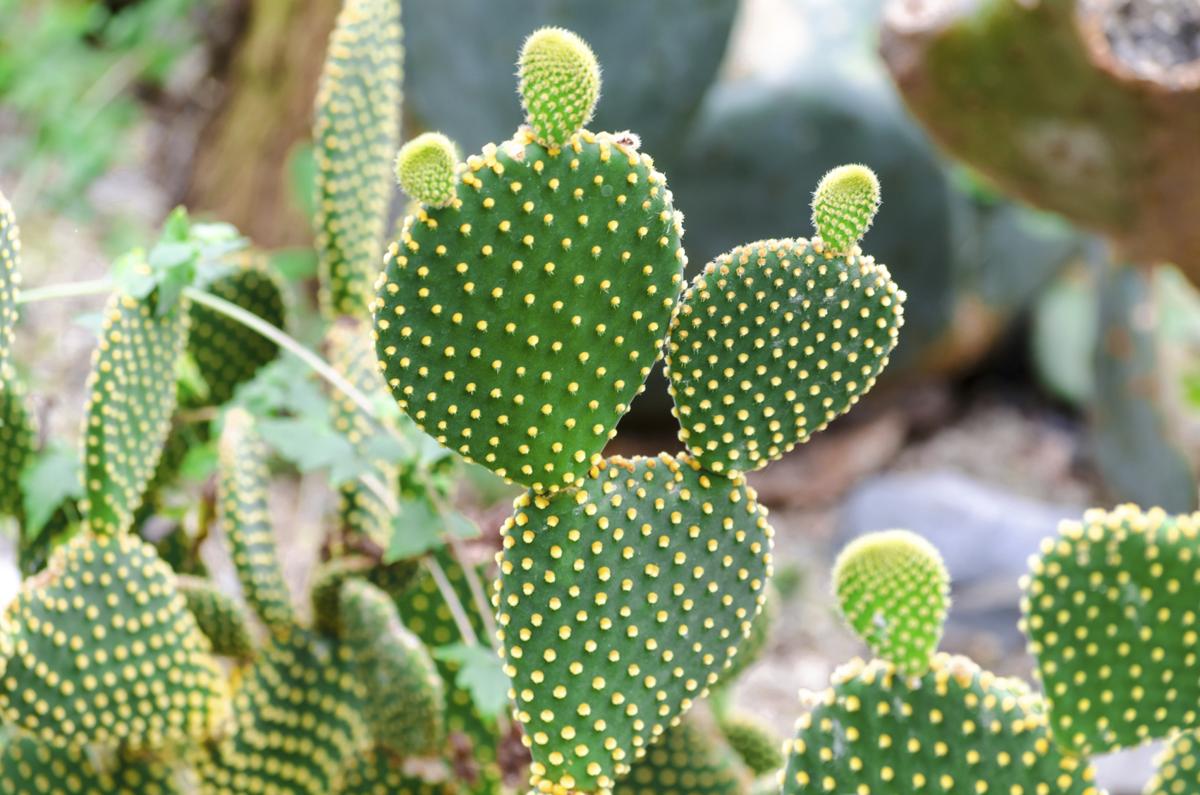When you think of cacti, the first image that might come to mind is the iconic saguaro, standing tall and proud in the desert sun. Yet, the world of cacti extends far beyond this famous silhouette. A visual guide to cactus plants not only exposes their fascinating diversity but also highlights their aesthetic appeal, making them ideal for both indoor and outdoor gardens. This article delves into various cactus species, embellished with images that showcase their unique characteristics and beauty.
To appreciate the splendor of cacti, one must first understand their classification. Cacti belong to the family Cactaceae, characterized by a myriad of shapes, colors, and sizes. From the diminutive, dainty types to the gargantuan giants, each species possesses its own intrigue. Moreover, the various adaptations of cacti to arid environments further showcase their resilience. Here, we explore some captivating species, unveiling their key characteristics and visual appeal.
As we traverse the stunning array of cactus plants, the sheer variety available is nothing short of astonishing. From their spiny exteriors to striking blossoms, each cactus offers a unique tapestry that captivates the observer.
Let’s explore the fascinating world of cactus diversity, unraveling the distinctive attributes of a few celebrated species.
Surprising Shapes and Styles of Cacti
Cacti are renowned for their unique morphology, which can range dramatically from one variety to another. The iconic saguaro (Carnegiea gigantea) stands as a reigning symbol of the American Southwest. With its tall, erect columns and expansive arms reaching toward the sky, it provides an awe-inspiring sight against a vibrant sunset.
Yet, the saguaro’s aesthetic grandeur is just one realm within a vast spectrum. The golden barrels (Echinocactus grusonii) exhibit a wholly different appeal—with their spherical form and ribbed structure accentuated by golden spines, they emerge as striking focal points in any setting.
Then we move to the fascinating shapes of the prickly pear (Opuntia). Its flat pads are not only remarkable in their appearance but also produce dazzling flowers that bloom in a cornucopia of colors. Each species, with its unique silhouette and texture, contributes to an extraordinary visual landscape.
Captivating Colors: A Palette of Prickly Plants
While the architectural forms of cacti command attention, the color palette that they present is equally enthralling. From glaring neon greens to dusky purples, cacti burst with chromatic delights. Consider the vibrant hue of the Christmas cactus (Schlumbergera) and its delicate flowers, which bloom in shades of pink, red, or white during the holiday season, enlivening winter landscapes.
The blue cactus (Gerocactus) showcases an improbable blue-gray hue, eluding traditional thoughts of what a cactus should be. This color is not mere randomness; it is a sophisticated adaptation to reduce water loss and harsh sunlight exposure.
One cannot discount the allure of flowering cacti, like the beautiful hedgehog cactus (Echinocereus). These desert gems produce magnificent blossoms in radiant hues, ranging from yellows to reds, creating a visual spectacle that attracts both pollinators and garden enthusiasts alike.
Endurance in Adversity: Cacti’s Adaptations to Survive
The tenacity of cacti is encapsulated in their unique adaptations. Their spines, which are essentially modified leaves, serve multiple purposes: protection from predators and a reduction in water loss due to evaporation. Unlike typical foliage, which promotes transpiration, cactus spines create a microclimate around the plant, aiding in moisture retention.
Some cacti, such as the barrel cactus (Ferocactus), employ another fascinating survival technique. They store water in their fleshy bodies, ensuring their resilience against prolonged drought. This capacity for adaptation embodies the harsh beauty of arid environments, transforming adversity into a remarkable survival story.
By exploring these adaptations, one gains a deeper appreciation for not only the aesthetic appeal of cacti but also their role as vital components of their ecosystems, standing testament to the wonders of nature’s ingenuity.
Creating an Arid Oasis: Cacti in Your Landscape
For gardening enthusiasts, integrating cacti into one’s landscape can yield an exceptional visual experience. With proper care, outdoor settings can emanate the tranquility of a desert oasis. The striking silhouettes and diverse textures of cacti en masse create a vibrant allure. Consider a mix of tall and short varieties, punctuated with ornamental rocks or sandy substrates, replicating their natural habitats.
Indoors, cacti serve not only as living décor but also as easy-care companions. By potting a selection of smaller cacti varieties, such as the adorable bunny ear cactus (Opuntia microdasys), one can turn a simple windowsill into a stunning focal point.
A visual guide to cacti allows plant lovers to appreciate the multitude of forms and colors available. Their distinct aesthetic qualities are complemented by practical advantages, standing as low-maintenance, drought-tolerant choices for any gardening palette. With thoughtful placement, cacti can transform spaces, evoking the majesty of desert landscapes.
In conclusion, this visual journey through the extraordinary realm of cactus plants illuminates their captivating features. By highlighting their diverse shapes, vivid colors, and remarkable adaptations, one not only develops a deeper affinity for these resilient plants but also recognizes their undeniable charm. From the grand saguaro to the diminutive spaces in your home, the aesthetic pleasures offered by cacti are truly boundless. Embrace the beauty of the desert, and let these unique creations enhance your environment.





Leave a Comment